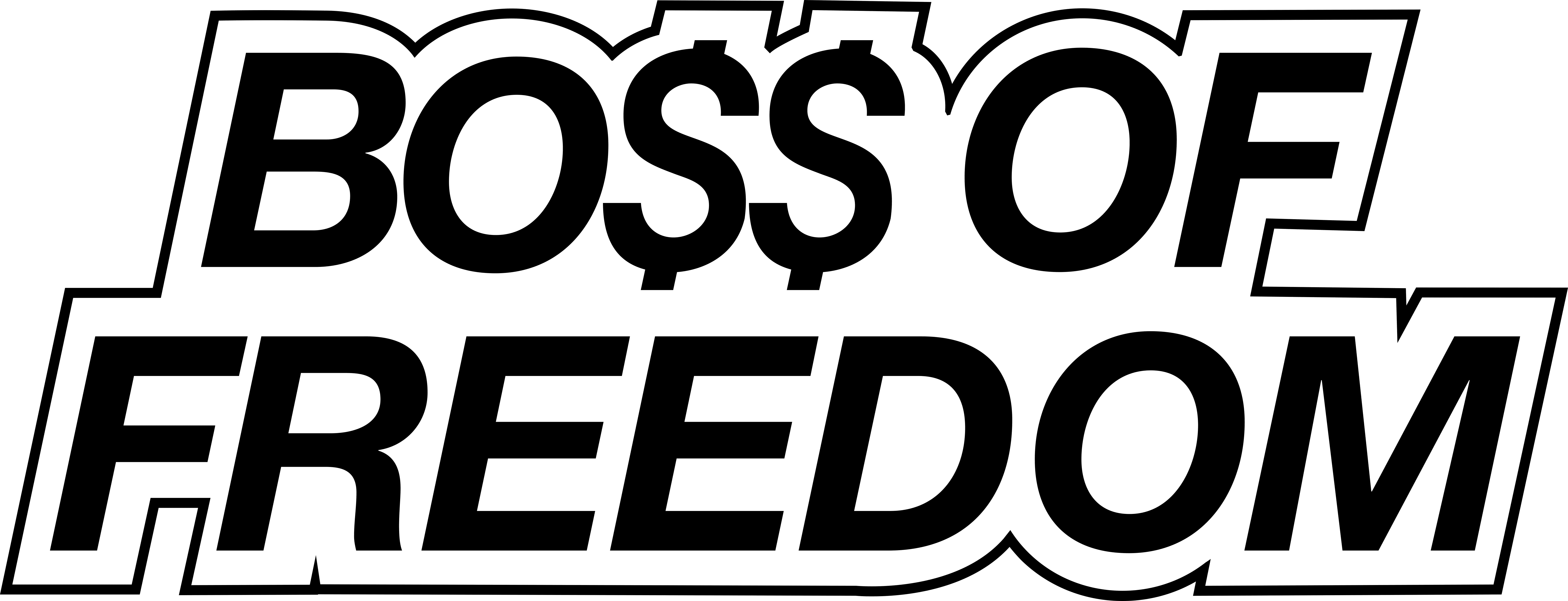
The 5 Steps to Becoming Your Own Bank

Step 1 – Start a Whole Life Policy to Be Your Own Bank
Quite simply, the strategy requires that you take out a whole life insurance policy on yourself if you can qualify medically for it. If not, you can purchase a policy on someone close to you to be your own bank with.
Warning: Insurance companies hate STOLI (stranger-owned-life-insurance) and so does the IRS.
However, here are the types of relationships insurance companies will sometimes issue a whole life policy on for you to own and control as your own bank:
- Spouse
- Child
- Business partner
- Key employee
- People you have loaned significant amounts of money to
Once you have identified who to buy insurance on, what’s the next step?
Step 2 – Whole Life Policy Necessities and Add-ons to Be Your Own Bank
Now you shouldn’t get any type of life insurance policy as your private family bank.
Nelson Nash’s book “The Infinite Banking Concept – Becoming Your Own Banker” and Pamela Yellen’s “Bank on Yourself” books insist that it must be a Participating Whole Life Insurance Policy from a mutual insurance company.
Although we are also big fans of using certain Whole Life insurance policies for the infinite banking concept, we also recognize that certain Indexed Universal Life insurance (IUL policies) may also work if structured properly. However, since there is additional risk associated with these types of policies, we recommend that you fully understand all the pros and cons of Indexed Universal Life before using IUL to be your own bank.
Getting back to using the time-tested & true Whole Life insurance to become your own banker, we fully agree that it’s of utmost importance to get your policy from a Mutual Life Insurance Company (as opposed to a stock insurance company). This is critical since mutual companies are owned by policyholders and share their profits with Whole Life policyholders in the form of dividends. It’s what makes Whole Life insurance cash value a true non-correlated asset with solid steady growth rates, unlike “high-yield” savings accounts or CDs.
In order to maximize cash value growth and early access to the equity inside your own bank, you also will need to make sure your Whole Life policy includes these 2 key riders:
- Paid-Up Additions (PUA) Rider: this is how to turbo-charge your “banking engine.” (more on this below)
- Term Insurance Rider: this would be like the titanium frame that holds the turbo-charged engine in place.
FAQ: “But wait, a term insurance rider? I thought you needed Whole Life for IBC banking?”
Answer: When becoming your own banker, you do need Whole Life. However, blending it with this additional term rider can substantially bring down the overall cost of the total death benefit needed to support overfunding. It also increases the amount of Paid-Up Additions you can buy in the early years, which is like the turbocharger that will greatly accelerate ongoing growth inside the whole life policy as your own bank.
Now that you know who to buy insurance on, where to buy it from, and which features you want add, what’s the next step to be your own bank?
Step 3 – Properly Funding Your Policy So You Can Become Your Own Banker
Now I realize that it seems completely counterintuitive to pay any more than you absolutely need to pay when it comes to insurance. So, prepare to have your paradigm shifted and your mind blown!
The way to outrun the internal costs of a Whole Life policy is to pay additional premium over and above the amount required for the basic coverage. In fact, you will want to pay substantially more when becoming your own banker… as much premium as the IRS will let you.
[Hint: When the IRS regulates anything, doesn’t that usually mean that something good is going on there?]
Here are the 4 reasons you want to pay the maximum amount of Whole Life insurance premium to be your own bank:
- The commission paid to the agent for the additional overfunding payments is peanuts
- 90-95% of this additional premium goes straight to your cash surrender value (in other words these overfunding payments become immediately accessible inside your private family bank)
- The other 5%-10% of this extra payment which doesn’t go toward building immediate equity goes to buying a little slice of extra permanent death benefit (called a Paid-Up Addition or PUA). What’s nice is that no further premiums will be due on a PUAs since it is contractually paid-up with this one-time payment, hence the term Paid-Up Addition. PUAs immediately increase your Whole Life policy’s guaranteed cash value as well as entitle you to a bigger cut of future dividend pools from your mutual insurance company.
- These Paid-Up Additions get stacked onto your cash value which contractually starts growing at a favorable guaranteed rate of return (even if no dividends were ever paid again).
Now that you’ve got your banking engine in place, you’ve filled it with fuel, and the engine is humming, now what…?
